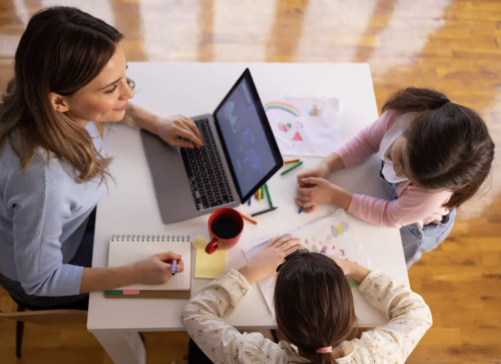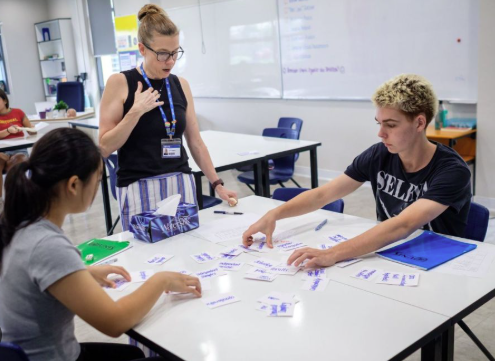As education increasingly extends beyond the classroom, many families are looking for ways to support personalized learning at home. A personalized home learning environment nurtures curiosity, independence, and confidence by adapting to a child’s interests, learning preferences, and pace. Whether supplementing school instruction or supporting a homeschool curriculum, creating a tailored space and structure can enhance a child’s academic journey.
Why Personalization Matters at Home
Personalized learning helps children stay motivated and engaged by aligning educational experiences with their individual needs. At home, caregivers can support this by providing flexible routines, diverse materials, and opportunities for self-direction. When learners feel that their interests and input are valued, they are more likely to develop a love for learning.
Steps to Create a Personalized Learning Space
- Design a Flexible Learning Area: Choose a quiet, comfortable space with good lighting and minimal distractions. Include seating options and surfaces for writing, reading, or using technology.
- Organize Materials for Easy Access: Keep books, art supplies, tech tools, and other learning resources visible and accessible to encourage independent exploration.
- Create a Visual Schedule or Planner: Use a daily or weekly planner to help students manage their time, track progress, and plan tasks in a way that suits their rhythm.
Supporting Individual Learning Styles
Every child learns differently. Some may prefer visuals, others hands-on activities or listening to explanations. Adapt your approach by:
- Using videos, games, and interactive apps for visual and auditory learners.
- Encouraging creative projects or building activities for tactile learners.
- Supporting reading and writing through journals, story prompts, or digital tools.
Setting Personalized Goals
Help children set achievable goals based on their academic needs and interests. This can involve reading a certain number of books, mastering a skill, or completing a passion project. Review goals regularly and celebrate progress to build motivation.
Encouraging Reflection and Growth
Reflection helps learners recognize what works best for them. Encourage journaling, discussions, or digital portfolios where students can track their learning journey. This promotes self-awareness and ownership of learning.
Conclusion
Creating a personalized learning environment at home doesn’t require a major overhaul—it starts with understanding and supporting your child’s unique learning style and goals. With thoughtful planning and ongoing encouragement, families can turn home spaces into nurturing, effective centers for personalized education.














